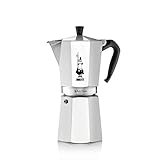Italy, the fertile land brimming with abundant cultural heritage, illustrious art, and tantalizing gastronomy, also boasts a distinguished coffee tradition that has enticed the world for centuries. The Italian coffee experience transcends the mere act of indulging in a scorching hot cup of espresso amidst the effervescent ambiance of a thriving café. It embodies an intricate and scrupulous artistry that is essential in the creation of an impeccable coffee roast.
What precisely is Italian coffee roasting, you may inquire? It is a product of a revered and ancient process that has undergone meticulous refinement through generations of zealous artisans who have mastered the skill of metamorphosing coffee beans into a profoundly fragrant and flavorful experience.
In “The Art of Italian Coffee Roasting: A Comprehensive Guide,” we cordially invite you to embark on a captivating journey delving into the spellbinding world of this coffee roasting. This comprehensive guide will traverse the rich history, refined techniques, and unique roast profiles that define this luscious coffee. Whether you’re a nonchalant coffee drinker or an aspiring connoisseur, this guide will divulge the secrets behind the iconic coffee culture of Italy and inspire you to relish every sip with a newfound appreciation.
Italian Coffee Roast – Key Takeaway
- Italian coffee roasting boasts a rich history rooted in Italy’s coffee culture, encompassing the introduction of coffee to the creation of the espresso machine.
- Traditional Italian roasting techniques highlight slow roasting, the employment of drum or air roasters, and the art of blending beans to yield balanced and harmonious flavors.
- Roast profiles range from light (Caffè Americano) to medium (Caffè Crema) and dark (Espresso) roasts, catering to diverse tastes and preferences.
- Specialty Italian coffee roasters, including Illycaffè, Lavazza elevate the coffee experience through innovation and a dedication to quality.
- Brewing the ideal Italian coffee at home necessitates choosing high-quality beans, mastering the espresso machine or alternative brewing techniques, and experimenting with different roast profiles to discover your personal preference.
- Comprehending the subtleties of this coffee roasting and its array of methods can deepen your appreciation for this ageless beverage and enrich your own coffee experiences.
The History of Italian Coffee Roasting

Italian coffee roasting, a time-honored and fabled art, has its genesis deeply intertwined with the nascent days of global coffee commerce. As centuries unfolded, the craft evolved, amalgamating innovation and cultural influences, eventually becoming an indispensable facet of Italian culture. To truly appreciate the finesse of this distinctive type of coffee, one must delve into the pivotal historical markers shaping its evolution.
Coffee in Italy: The Genesis
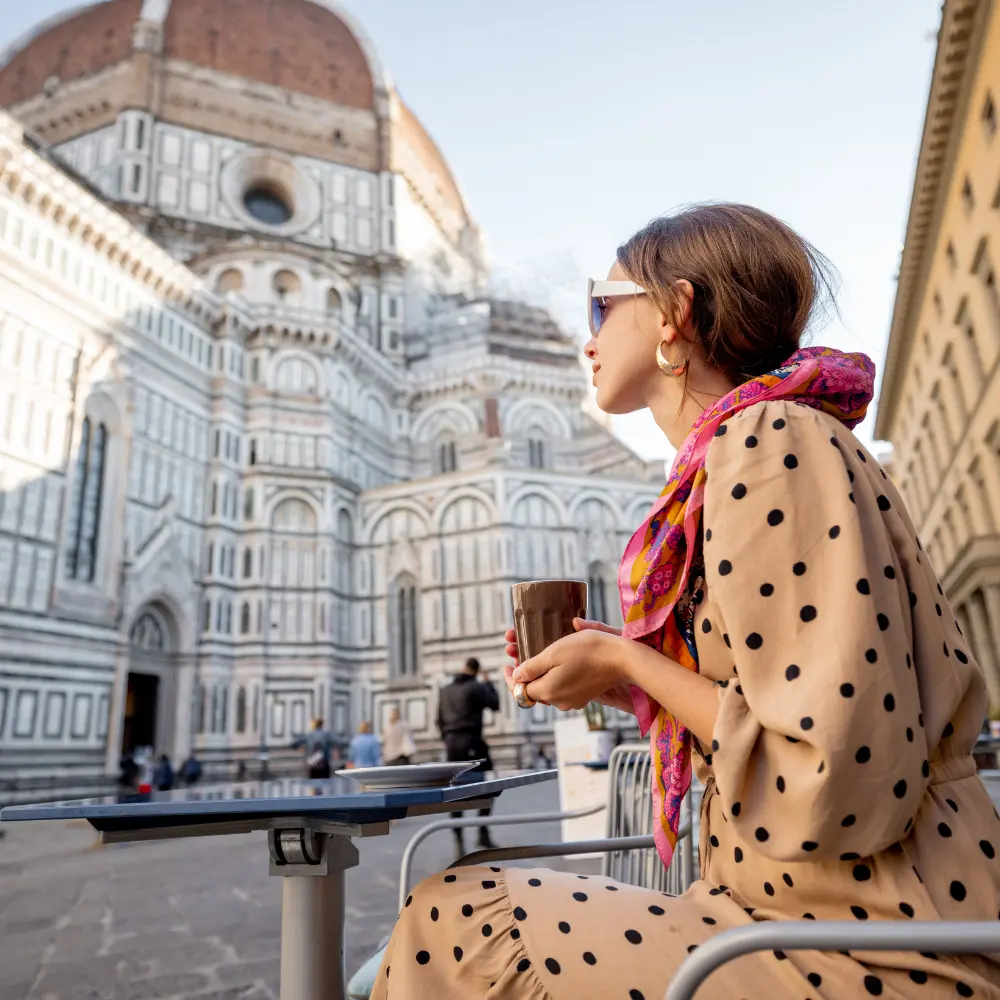
Italy’s tryst with coffee commenced in the 16th century when Venetian merchants procured coffee beans from the Ottoman Empire. Venice, a thriving port city, swiftly burgeoned as Italy’s coffee trade nucleus. (1) As the allure of this enigmatic beverage augmented, coffeehouses proliferated in other prominent Italian metropolises, such as Rome, Florence, and Milan. Pioneering these coffee roasters employed elementary techniques, like roasting beans in pans above open flames, thereby establishing the nascent foundation for the ensuing artistry.
Espresso Machine: The Watershed Moment

The espresso machine’s advent heralded a seminal epoch in these distinctive coffee-roasting chronicles. Angelo Moriondo patented the pioneering steam-powered “instantaneous” coffee-making apparatus in Turin in 1884. (2) Nonetheless, it was Luigi Bezzera who refined Moriondo’s blueprint, devising a machine in 1901 capable of forcing scalding water through coffee grounds at elevated pressure, yielding the potent, concentrated coffee christened “espresso.” (3) This groundbreaking contraption not only metamorphosed coffee brewing but also impelled Italian roasters to sharpen their expertise, crafting dark roasts resilient enough to withstand the vigorous extraction process.
Italian Coffee Culture’s Emergence and Ascendancy
The ubiquitous presence of espresso machines during the early 20th century engendered a distinctive Italian coffee culture. Cafés, colloquially dubbed “bars” in Italy, transmogrified into vibrant social epicenters, where patrons savored swift espressos, animatedly deliberating on politics, art, or exchanging pleasantries with acquaintances. The mounting demand for premium coffee beans catalyzed roasters to tinker with blending and roasting approaches, endeavoring to concoct the quintessential equilibrium of flavor, acidity, and body.
Post-World War II, this distinctive coffee culture soared to unprecedented zeniths, as illustrious brands like Illycaffè and Lavazza garnered global acclaim for their emblematic roasts. The Italian coffee mystique permeated worldwide, ensnaring the hearts of aficionados enamored by the potent allure and sumptuousness of espressos, cappuccinos, and lattes, all conceivable due to the unparalleled roasting methods refined in Italy. In contemporary times, this delectable coffee roasting perseveres as an integral component of Italian culture, perpetuating a resplendent legacy that enthralls the world.
Italian Roasting Techniques: A Legacy of Mastery and Consistency
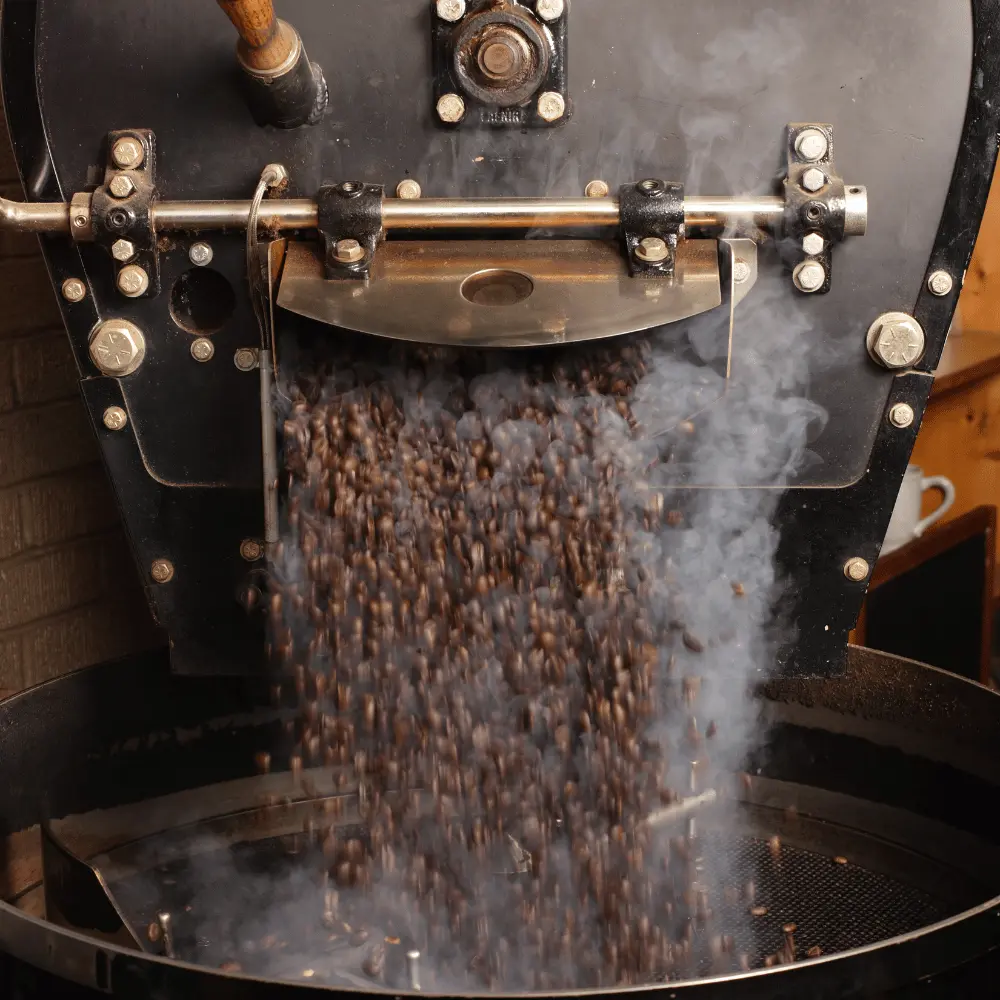
The distinction and reliability of this delightful coffee roasting owe their existence to the adroit techniques inherited through generations. By acquainting oneself with these time-honored methods, one can appreciate the meticulous craftsmanship and commitment invested in each coffee bean batch.
The Importance of Slow Roasting
The bedrock of these delightful coffee roasting techniques lies in slow roasting. This approach entails roasting beans at lower temperatures over an extended duration. Slow roasting fosters uniform heat dispersion, averting bean scorching and ensuring the attainment of the desired roast degree. This technique helps conserve the beans’ innate flavors and oils, culminating in a smoother, well-rounded taste. Slow-roasted coffee beans generally exhibit diminished acidity, epitomizing the intricate, profound flavors that the nation’s coffee culture is celebrated for.
Drum Roasting Vs. Air Roasting: A Traditional Preference

Conventionally, Italian coffee roasters employ drum roasting machines, comprising a rotating metal drum that indirectly heats beans through conduction or radiation. The gradual, even heat of drum roasters facilitates the beans’ development of rich flavors and aromas without excessive bitterness or charring.
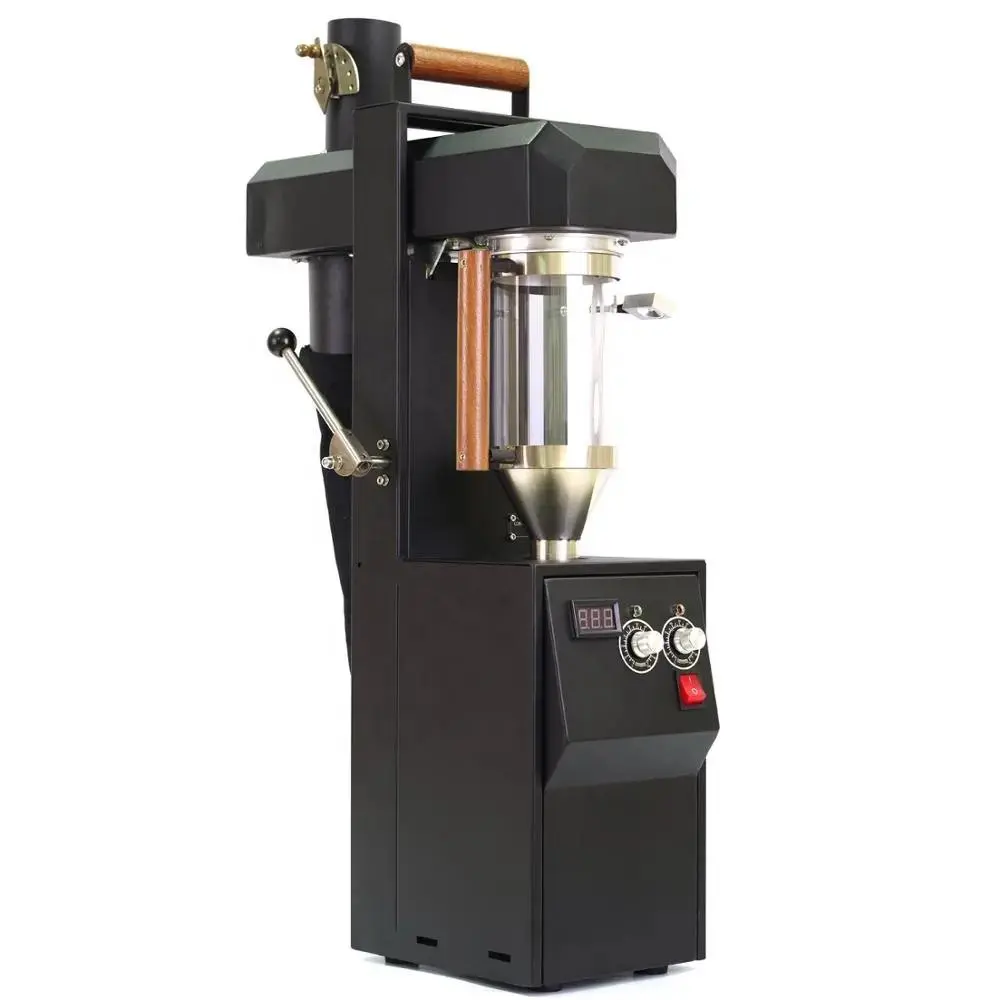
In juxtaposition to air roasting, which utilizes hot air currents to agitate and heat beans, drum roasting enjoys a preference in Italy. While air roasting can yield exceptional outcomes, the predilection for traditional drum roasting methods and their capacity to generate iconic coffee profiles prevails.
Blending Coffee Beans: The Fusion of Art and Expertise

The fusion of coffee beans is an integral facet of this delightful coffee roasting, mirroring the nation’s extensive past as a hub of trade and commerce. Italian roasters excel in merging beans of diverse origins, varieties, and roast levels to concoct singular and harmonious flavor profiles. The blending objective revolves around achieving equilibrium among flavors, body, and acidity, ensuring a final product transcends its constituents. Some blends may emphasize specific regional traits, while others endeavor to maintain a consistent flavor that entices a broad spectrum of palates. The blending artistry necessitates proficiency and instinct, as roasters meticulously select and amalgamate beans to attain the perfect symphony of flavors treasured by coffee aficionados.
The Spectrum of Italian Coffee Roast Profiles

Contrary to the common association of Italian coffee roasting with dark roasts, the reality is that it embraces an array of roast profiles, each boasting unique attributes. Comprehending these profiles will illuminate the subtleties and diversity of this coffee affords.
Light Roast: The Caffè Americano Experience
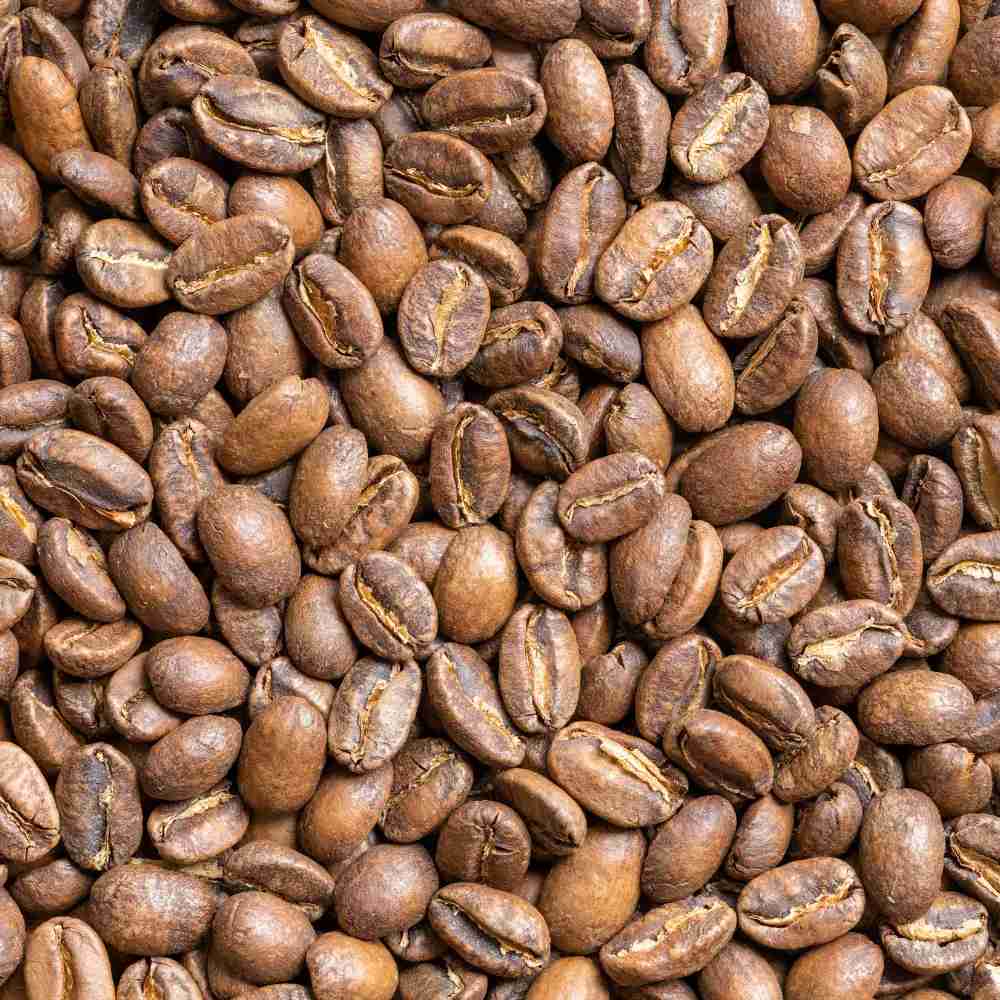
While not as prevalent as medium and dark roasts in Italy, light roasts hold their niche within Italian coffee culture. Often employed to craft Caffè Americano, light roast coffee offers a less intense, more harmonious interplay between acidity and sweetness. Beans are roasted slightly beyond the first crack, retaining their intrinsic flavors and natural acidity. Caffè Americano is customarily prepared by diluting an espresso shot with hot water, emulating conventional American-style drip coffee. Light roasts cater to those seeking a more refined, nuanced coffee experience with a vibrant flavor profile.
Medium Roast: The Caffè Crema Balance

Caffè Crema, a cherished medium roast coffee in Italy, showcases a balanced flavor profile complemented by a smooth, velvety body. Beans are roasted to a medium brown hue, just shy of the second crack, facilitating the emergence of complex flavors and a fuller body without significantly compromising the beans’ inherent traits. Caffè Crema is traditionally brewed using an espresso machine, yielding a dense layer of crema – the lustrous, frothy foam crowning a well-extracted espresso shot. This medium roast offers a symphonic blend of acidity, sweetness, and bitterness, rendering it a versatile option for various coffee beverages.
Dark Roast: The Quintessential Espresso

Dark roasts are predominantly linked to espresso. These beans are roasted until the second crack or slightly beyond, culminating in a deep, dark brown hue and a glossy, oily exterior. The dark roasting process diminishes acidity and amplifies the coffee’s body, engendering a bold, intense flavor punctuated by chocolate, caramel, and toasted nut notes. Espresso is typically brewed utilizing an espresso machine, which propels hot water through the finely ground beans under high pressure. This method extracts the concentrated flavors and opulent crema, forging the potent, full-bodied coffee experience emblematic of this rich coffee culture. Dark roasts cater to those who relish a vigorous, commanding coffee with a pronounced, lingering finale.
The Emergence of Specialty Italian Coffee Roasters
Italy’s enduring coffee roasting tradition has spawned several emblematic brands and an increasing number of artisanal roasters dedicated to exploring new frontiers of flavor and innovation. These specialty roasters prioritize quality, sustainability, and the perpetual evolution of this rich coffee culture.
Illycaffè: Forging a Coffee Legacy
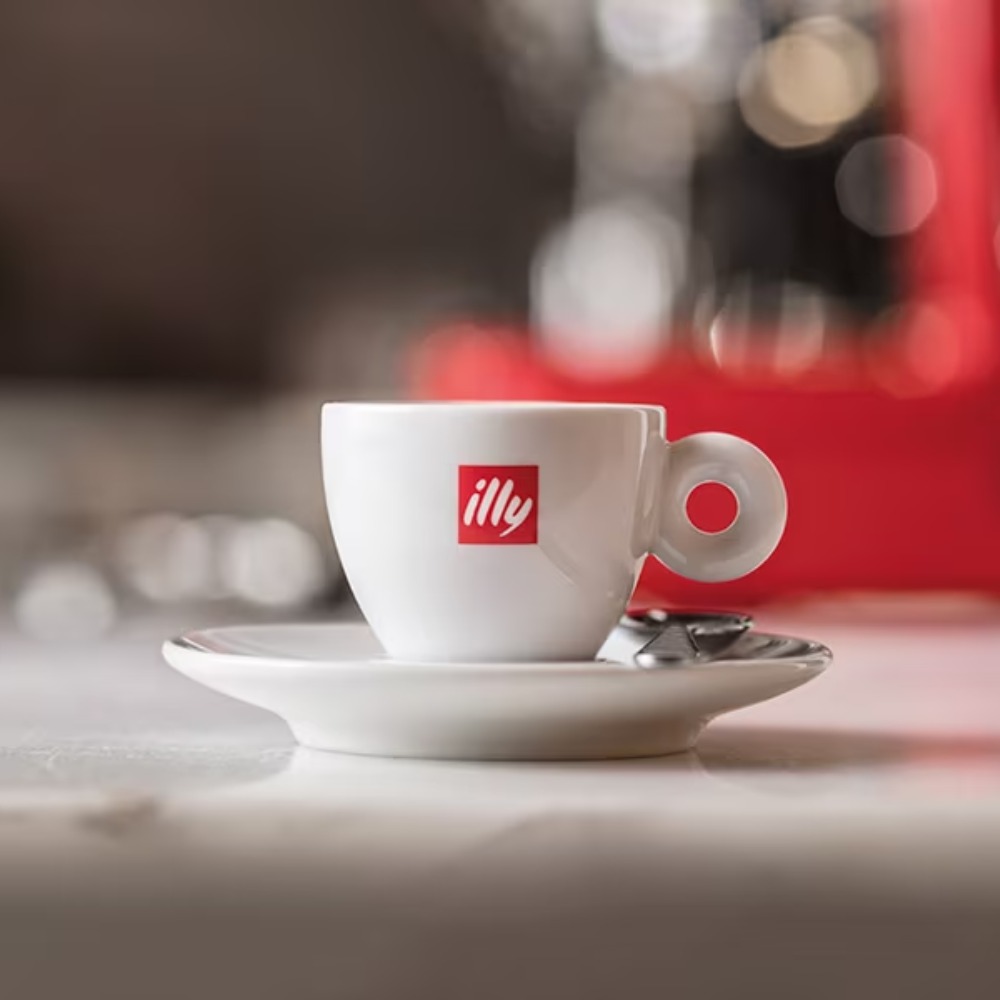
In 1933, Francesco Illy established Illycaffè, a trailblazing coffee company now synonymous with Italian espresso. Renowned for its signature blend of nine globally-sourced Arabica beans, Illycaffè’s emphasis on quality and consistency has garnered a devoted following. The company has also significantly influenced modern espresso technology, inventing the 1930s Illetta machine, a precursor to contemporary espresso machines. Illycaffè’s unwavering commitment to innovation, research, and education has cemented its status as a global specialty coffee industry leader. (4)
Lavazza: The Quintessential Italian Coffee Titan
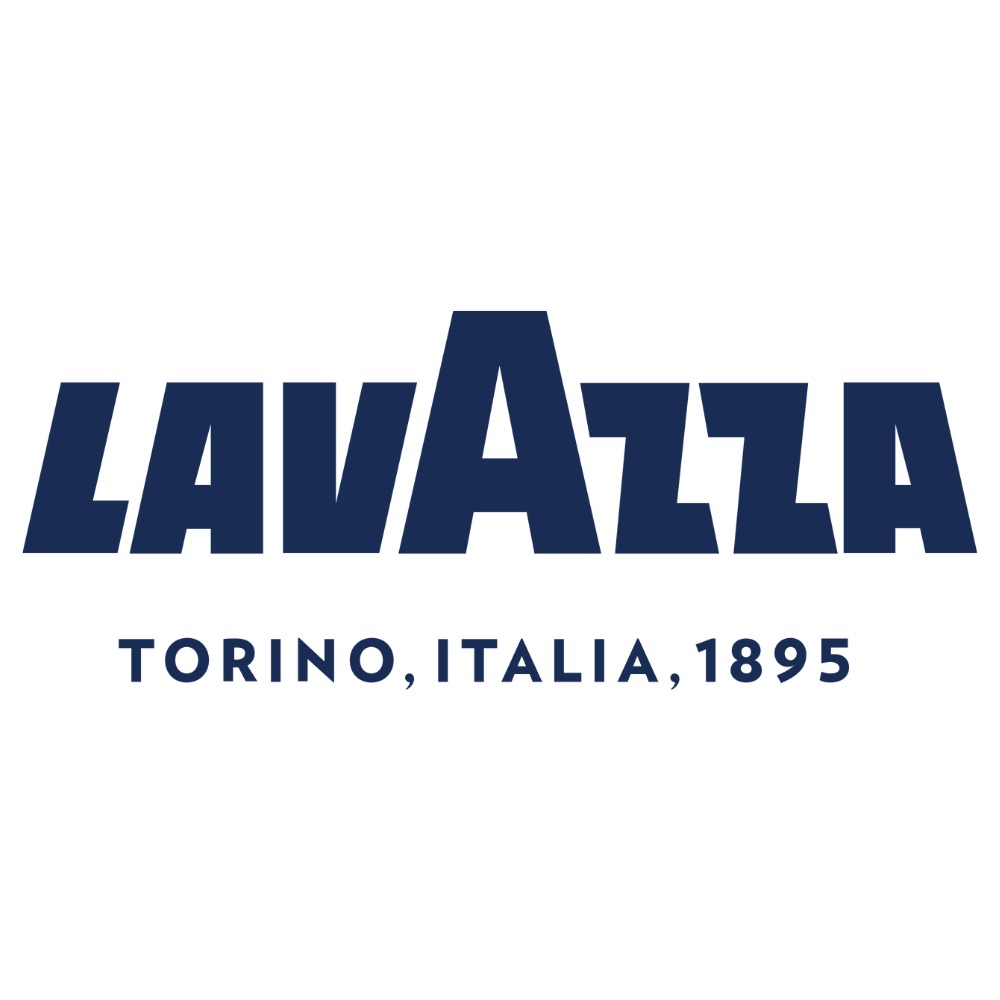
Luigi Lavazza founded Lavazza in 1895, and it has since grown into Italy’s largest coffee roaster and a worldwide household name. With an illustrious history spanning over four generations, this family-owned enterprise has refined its craft, earning a reputation for producing top-quality coffee blends that cater to diverse palates. Lavazza’s extensive product line encompasses traditional espresso roasts, single-origin offerings, and sustainable, fair trade options. Their dedication to innovation and sustainability has endeared them to coffee aficionados globally. (5)
Brewing the Perfect Italian Coffee at Home
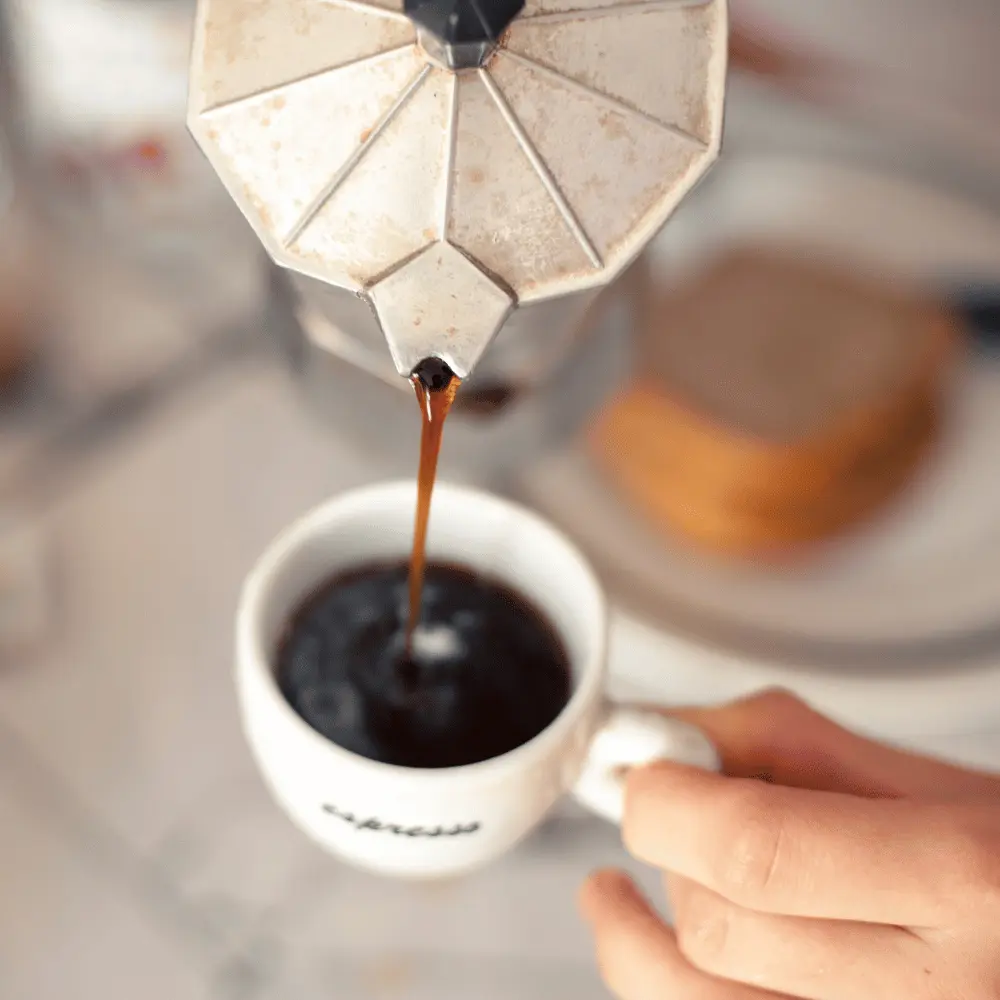
With the appropriate knowledge, tools, and ingredients, you can replicate the enchanting experience of this succulent coffee within your home. Emphasizing quality and technique, you can relish the vibrant, bold flavors characteristic of Italy’s coffee culture daily.
Selecting the Ideal Coffee Beans

Whether your preference is a light, medium, or dark roast, it’s crucial to choose top-quality, freshly roasted beans from a reliable roaster. Opt for beans roasted within the past few weeks to ensure peak flavor and aroma. If feasible, purchase whole beans and grind them yourself for maximum freshness. If you’re unacquainted with Italian coffee, experiment with various roasts and blends to uncover your personal favorites.
Harnessing the Power of the Espresso Machine
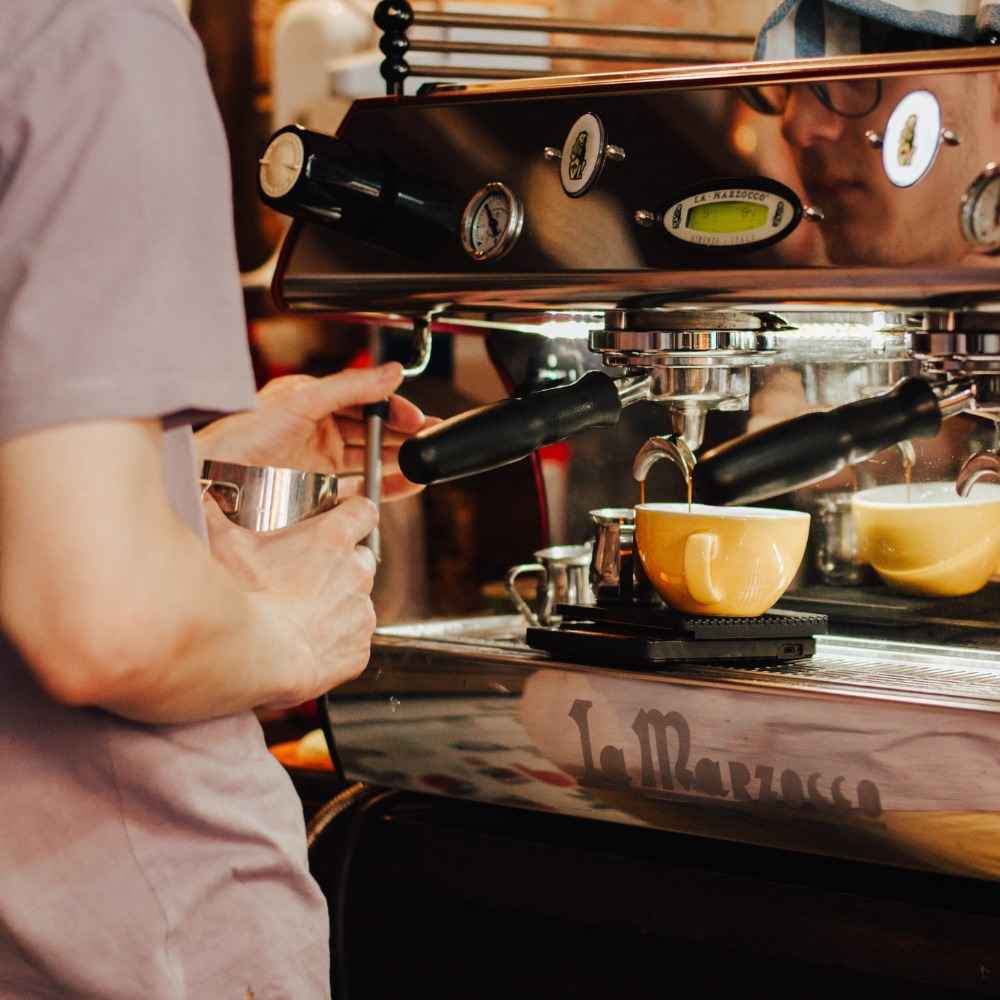
A quality espresso machine is indispensable for capturing the essence of Italian coffee at home. Investing in a reliable machine and mastering its use will empower you to craft genuine espresso, cappuccinos, lattes, and beyond. Familiarize yourself with your machine’s components and settings, and fine-tune the coffee grind size, dose, and extraction time to achieve the perfect shot. Keep in mind that crafting exceptional espresso is an art that demands patience and practice, so remain undeterred if initial attempts fall short. With persistence, you’ll soon be concocting delicious, café-worthy coffee beverages in your kitchen.
Exploring Alternative Italian Coffee Brewing Techniques
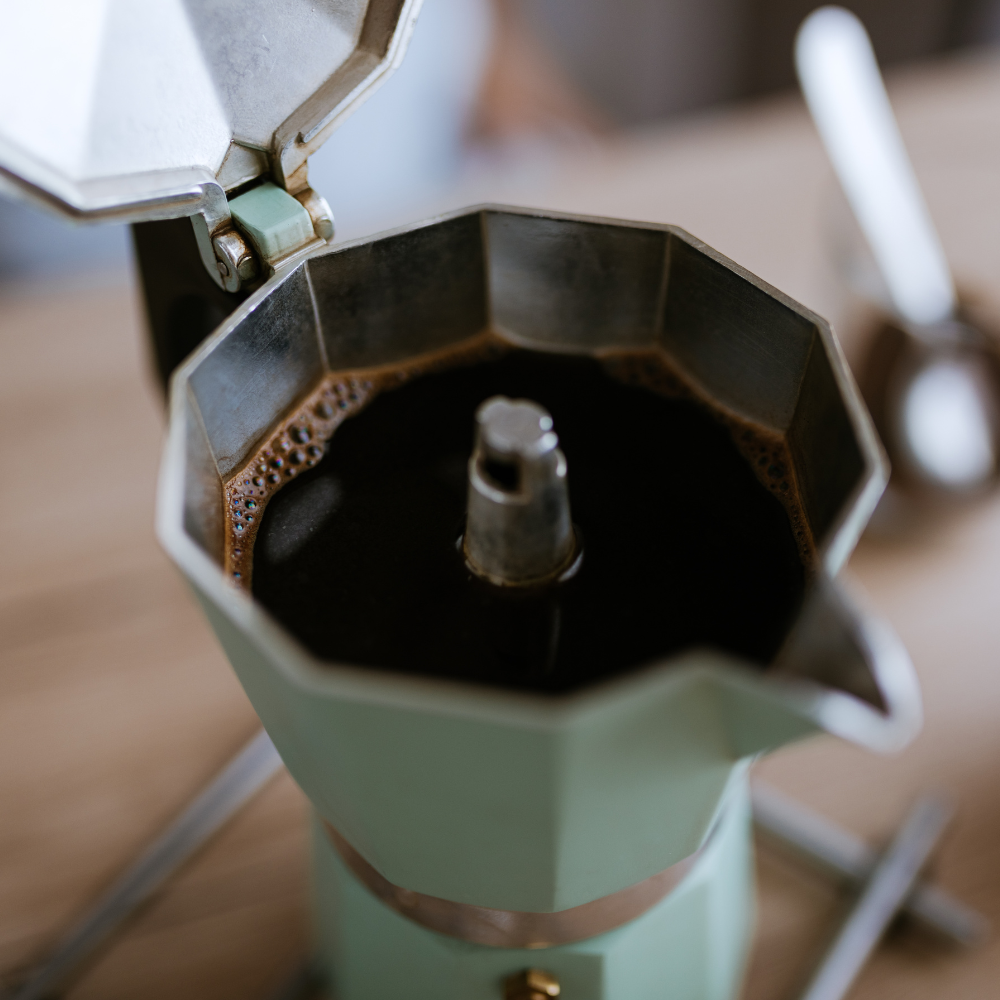
While the espresso machine reigns supreme as the quintessential Italian coffee brewing apparatus, several alternative methods can also yield remarkable results. The Moka pot, a classic Italian stovetop coffee maker, presents an accessible and affordable avenue for creating robust, espresso-like brews. The AeroPress, a versatile and portable device, can produce a concentrated coffee akin to espresso, as well as Americano-style drinks. Additionally, the French press and pour-over techniques are also suitable for brewing this type of coffee, particularly when using lighter or medium roast beans. Experiment with these diverse brewing approaches to discover which best aligns with your preferences and lifestyle, and indulge in the rich flavors and aromas of this luscious coffee at home.
Conclusion
In conclusion, the art of Italian coffee roasting represents a rich and diverse tradition that has captivated the hearts and palates of coffee enthusiasts worldwide. Spanning its illustrious history and revered techniques to the spectrum of roast profiles and contemporary advancements, this coffee roasting demonstrates a fervor for quality, craftsmanship, and the quest for the ideal cup. As you embark on your journey to uncover the essence of this rich coffee, remember to appreciate the nuances and intricacies that render this beloved beverage an intrinsic aspect of Italy’s culture and identity. Equipped with the insights from this comprehensive guide, you are now well-prepared to delve into the world of this delightful coffee, relishing its robust flavors, and perhaps even crafting your corner of Italian coffee bliss at home.
FAQ
How Does the Art of Blending Coffee Beans Contribute to the Unique Flavors of Italian Coffee Roasts?
The art of blending coffee beans is essential in creating the unique flavors of these rich coffee roasts. Italian roasters are skilled in combining beans from different origins, varieties, and roast levels to create harmonious flavor profiles. The goal of blending is to achieve a balance of flavors, body, and acidity, ensuring that the final product is greater than the sum of its parts. Blending requires expertise and intuition, as roasters carefully select and combine beans to achieve the perfect harmony of flavors that Italian coffee lovers have come to cherish.
Can You Name Some Popular Italian Coffee Roast Brands?
Some popular Italian coffee roast brands include Illycaffè, Lavazza, and specialty coffee companies such as Ditta Artigianale, and La Marzocco. These brands represent a mix of traditional, well-established coffee roasters and newer, innovative companies that are redefining this distinctive coffee culture.
What Is the Difference Between Caffè Americano, Caffè Crema, and Espresso Roast Profiles?
Caffè Americano is a light roast coffee that is less intense and more balanced in terms of acidity and sweetness. Caffè Crema is a medium roast coffee that features a balanced flavor profile with a smooth, velvety body. Espresso is a dark roast coffee that is bold and intense, with reduced acidity and a full body. These different roast profiles cater to varying taste preferences and offer a range of experiences.
Are There Any Alternatives to Using an Espresso Machine for Brewing Italian Coffee at Home?
Yes, there are several alternative methods for brewing this delectable coffee at home without an espresso machine. Some popular options include the Moka pot (a classic Italian stovetop coffee maker), AeroPress (a versatile and portable coffee brewing device), French press, and pour-over methods. Each of these brewing techniques can produce excellent results, allowing you to enjoy the rich flavors and aromas of Italian coffee at home.









































